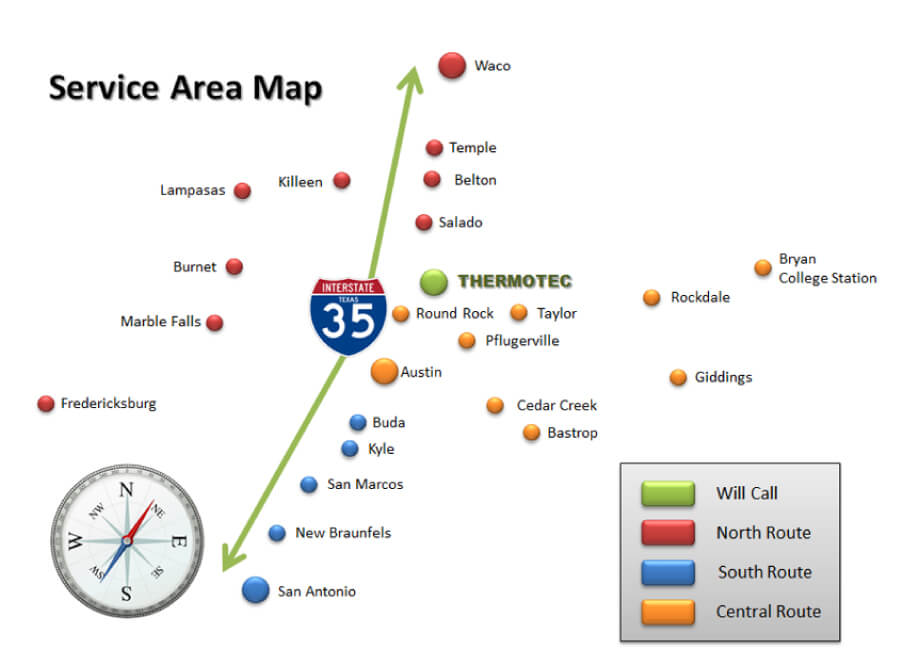


ANNEALED GLASS

TEMPERED GLASS

HEAT STRENGTHENED GLASS

LAMINATED GLASS

CLEAR FLOAT GLASS

TINTED GLASS

REFLECTIVE GLASS

PATTERNED ROLLED GLASS

LOW IRON GLASS

MIRRORPANE GLASS

ACID-ETCHED AND SANDBLASTED
Advantages:
• Reduced Cost
• Faster production times
Disadvantages:
• Breaks in sharp jagged pieces
• Not as strong as Tempered Glass
• Size limitations
Annealed glass is more often the best choice for applications such as tabletops, cabinet doors, or windows in low traffic areas.

Advantages:
• 4 times the stronger than annealed
• Breaks into small, harmless pieces.
• Qualifies as Safety Glass
Disadvantages:
• More expensive than annealed glass
• Cannot be fabbed after tempering
• Longer production time
• Optical distortion
Tempered glass is often the best choice for shower doors, custom doors, emergency exits, store fronts, windows near high traffic areas or where required by building regulations. Not all glass can be tempered.

• 4 times the stronger than annealed
• Heat-strengthened glass is similar to tempered glass, but the cooling process is slower, which means the compression strength is lower. It is approximately twice as strong as annealed, or untreated, glass.
• Heat-strengthened glass is used when additional strength is needed to resist wind pressure, thermal stress or both and the additional strength or safety break pattern of fully tempered glass is not required.
• When broken, the glass fragments are more similar in size and shape to annealed glass fragments and thus tend to stay in the opening longer than tempered glass particles.

Laminated glass consists of a tough plastic interlayer bonded between two panes of glass under heat and pressure.
Once sealed, the glass sandwich behaves as a single unit and looks like normal glass.
Laminated glass provides durability, high performance, and multifunctional benefits while preserving aesthetic appearance.
Laminated glass may crack upon impact, but the glass fragments tend to adhere to the plastic interlayer rather than falling free and potentially causing injury.

Clear Float Glass is superior in quality when compared to other flat glass and has the unique characteristics of excellent surface finishing, flatness, uniform thickness, high optical quality and bright appearance.
Clear Float Glass offers high light transmission, optical clarity and can be further fabricated into reflective, low-E, laminated, security, insulating, heat-treated and ceramic decorated glass
Clear Float Glass is used in applications like; Automotive Glass, Reflective Glass, Coated Glass, Windows, Mirrors, Table Tops, Insulated Glass, etc.

Tinted glass is made by altering the chemical formulation of the glass with special inorganic additives. The color is durable and does not change over time.
Every change in color or combination of different glass types affects visible transmittance, solar heat gain coefficient, reflectivity, and other properties.
The most common colors are neutral gray, bronze, blue, and green
The primary uses for tinted glass are reducing glare from the bright outdoors and reducing the amount of solar energy transmitted through the glass.

A reflective coating can be used to lower the solar heat gain coefficient by increasing the surface reflectivity of the material. These coatings usually consist of thin metallic or metal oxide layers.
The reflective coatings come in various metallic colors—silver, gold, bronze—and they can be applied to clear or tinted glazing.
Reflective glazings are usually used in commercial buildings for large windows, for hot climates, or for windows with substantial solar heat gains.

Patterened Rolled (Textured) glass adds visual interest and varying levels of opacity to just about any application by creating subtle shifting of light.
Perfect for furniture, shower enclosures, privacy windows and more.
Produced by pressing semi-molten glass between two metal rollers to imprint a distinct pattern, textured glass diffuses light creating new opportunities for conceptual freedom and design.
Not all glass can be tempered.

Low Iron Glass or Starphire Glass is ultra clear and provides a higher degree of transparency than clear float glass. This optimum clarity is achieved by removing most of the iron oxide content. The improved clarity of low iron glass compared with clear float glass is barely discernable unless the two types of glass are viewed against a colored background.
As its thickness increases, low iron glass gains a distinctive blue edge, while the transparency of the glass remains ultra-clear, unlike typical clear glass, in which the green hue becomes more pronounced.

Ideal for surveillance and security in commercial settings and correctional institutions, hospital observation and worker monitoring where discreet observation is required, “Mirrorpane” One-Way Mirror looks like a mirror in a well-illuminated room but works like an ordinary tinted window from the other side.
Created for unobtrusive observation in interior applications and perfect for multiple-image "infinity" mirror effects, or to camouflage office areas, wet bars and entertainment centers.

Both acid-etched and sandblasted glass use abrasives to create a frosted glass look.
Acid treatment is used to created acid-etched glass. While sandblasting is done with a high speed machine that bombards the glass panel with sand, walnut husks or other materials.
Acid-etched glass produces a true frosted look and is more economical than sandblasting. Sandblasting glass offers versatility in creating design effects making it possible to "frost" sections of the glass creating privacy strips or patterns.

SERVICE

